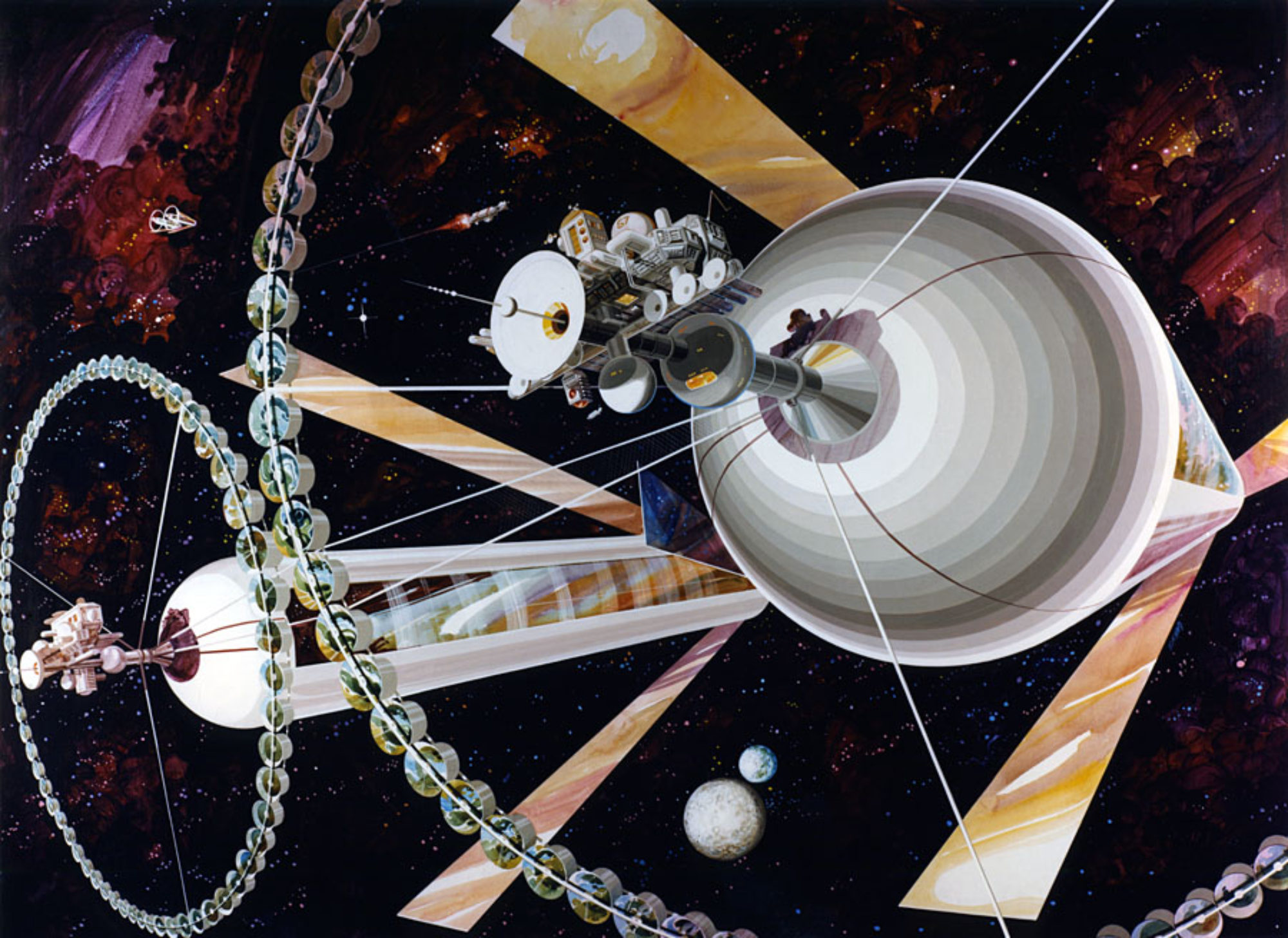
The clean energy transition away from fossil fuels promoted by the Biden Administration and other world governments will require significant increases in mining of critical materials for clean energy technology. To support the huge projected growth in solar, wind, and battery technologies over the next few decades, demand for key minerals such as lithium, graphite, nickel and rare-earth metals will balloon significantly according a 2021 report by the International Energy Agency: The Role of Critical Minerals in Clean Energy Transitions. When compared to current supply levels, sourcing of these materials will need to grow by several hundred percent, with lithium in particular predicted to explode by 4,200% to keep pace with the needed battery production for EVs and other energy storage systems. There is insufficient mining capability in the world today to meet this demand, and if capacity were ramped up to these levels, there would be serious environmental and economic consequences. If we ignore other promising alternatives (which SSP does not advocate) such as ramping up licensing of new nuclear fission power plants and funding development of fusion energy or space solar power, what can be done?
In the journal PNAS, a research article makes the case for why mining in space may be a viable solution and help lay the foundation for sustainable growth on Earth. The author’s* objective for the paper was to perform a trade study on the economic outcomes associated with the environmental and social impacts of terrestrial mining compared to the costs of sourcing from asteroids, focusing primarily on metals required for the clean energy technologies such as copper, nickel cobalt and lithium. The methodology of the paper used a neoclassical Ramsey economic model to predict economic growth under those two scenarios. The study quantifies the economic benefits and projected timelines of mining in space for increasing metal use in clean technologies on Earth for the rest of this century and concludes that the reduction in costs due to environmental damage to our planet’s biosphere may be worth the investment in asteroid mining.
Along similar lines another economic analysis by Matthew Weinzierl makes the potential case for an expanding space economy as a solution to secular stagnation, that condition that some economists fear is happening in the US: a chronic lack of demand as if the economy is operating below capacity even when it appears to be booming. Weinzierl says “In simple terms, secular stagnation is the idea that a sluggish outlook for the economy causes people to save more and firms to invest less, and if interest rates cannot fall enough to spur investment (perhaps because of the sluggish outlook), the lack of investment makes the low-growth prospects all the more likely to be fulfilled, initiating a vicious cycle.” How could space development help prevent this problem? Space settlement, i.e. world building, would unlock abundant resources in the solar system to sustain not only capital investment in expanding economic activity, but robust population growth without limits.
An interesting perspective on off-Earth mining as a commercial engine driving a space economy, with a focus on a thriving Martian colony, was proposed a few years ago in a paper by Robert Shishko and others. The study examined the role of space mining in an economy based on mineral extraction, ice/water, and other resources obtained in situ on the Red Planet. The analysis provided a better understanding of the market conditions and technology requirements for that economy to grow and prosper. This approach would definitely benefit from the recent discovery of massive amounts of subsurface water ice under the Medusae Fossae Formation near the equator of Mars.

If an economic case can be made for space mining and funding secured, it will be dependent on the location of the most profitable and accessible space resources in terms of energy and abundance of useful material. Where will this motherlode for space mining be? SSP has covered this debate.
One of the companies on this frontier is UK based Asteroid Mining Corporation which has the goal of becoming the first profitable space resources business. The startup is working on an autonomous robotic platform call Space Capable Asteroid Robot Explorer with a roadmap that plans for revenue payout at each milestone with eventual return of asteroid resources in the mid-2030s.

And of course readers of SSP are familiar with AstroForge, the company focusing on returning precious metals to Earth from asteroids.
Upon full maturation of AI and space-based robotics technology, it will be possible to autonomously restructure an asteroid to construct spin gravity space settlements using materials in situ.

__________________
* Authors of research article in PMAS Mining in Space Could Spur Sustainable Growth: Maxwell Fleming, Ian Lange, and Sayeh Shojaeinia of the Colorado School of Mines; Martin Stuermer of the International Monetary Fund.





